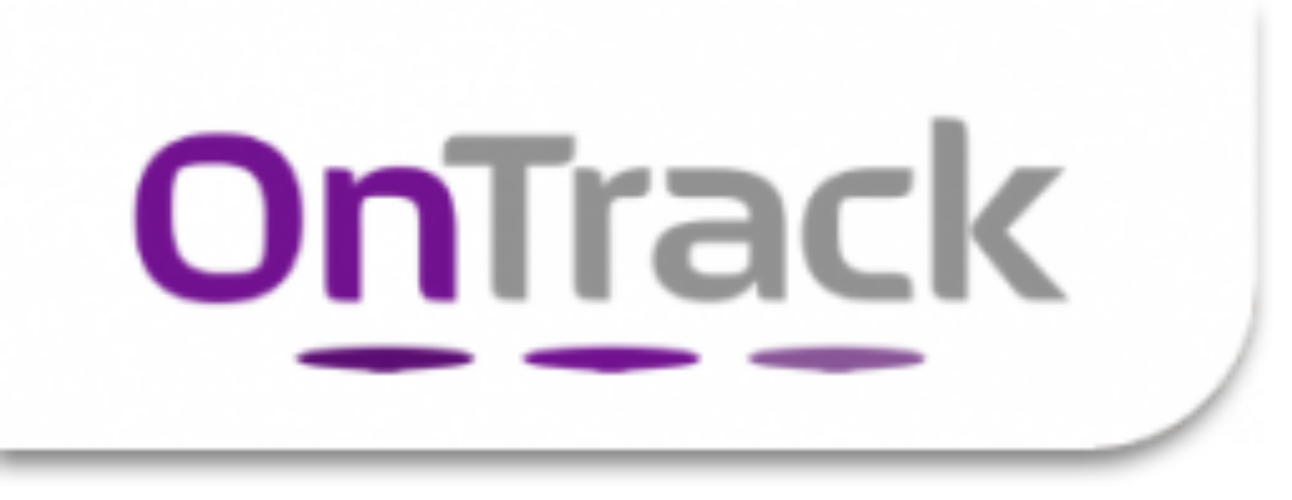In the right environment, a team that is diverse in terms of age, gender, ethnicity, religion, work experience, location, mentality and any other ‘diverse’ aspect can outperform a more homogenous likeminded one. In the wrong environment, it can be the converse. Harnessing the best performance requires each team member to connect despite these differences rather than disconnect because of them.
In our experience, leaders who optimise their effectiveness with others, foster team cohesion and create a positive interpersonal environment. Organisations that possess this + environment are more productive and successful.
Our approach to developing effective and high performing diverse teams is based on this premise. We raise their awareness of their behaviour and its impact on others and therefore the responsibility they have for creating a positive interpersonal environment. To do this we use a powerful model called Behaviour Intelligence which measures behaviour and tracks changes.
Developing Behaviourally Intelligent Teams
“A team is not a group of people that work together. A team is a group of people that trust each other.”
Our Behaviour Intelligence (BI) model embraces the link between underlying thinking and attitude with verbal and non-verbal behaviour. It includes a technique which measures verbal behaviour enabling delegates to be more aware of their preferred behaviour choices, what other behaviours are available to them, what behaviours others choose and what behaviour effectiveness looks like.
Over the last 25 years of working and analysing the behaviour of thousands of people we have been perfecting what effective behaviour looks like in a range of business situations. For example what do effective leaders or sales or customer service people do that makes them successful?
We create a relevant business situation. We record the behaviour chosen by each delegate and each one is able to see what behaviours they chose on a personalised report. They get a profile of their preferred behaviour and we look at what might have driven this choice in terms of their mentality and how authentic it was with their non-verbal behaviour. We then reveal what effective behaviour looks like based on our research.
The result of using this technique is behaviour changes permanently as delegates react more positively to feedback based on objective data. As a consequence of individual behaviour awareness and more intelligent choice of behaviour, interactions are more positive and productive.
The screen shot in this image shows what is measured in a typical behavioural profile. Delegates get this profile along with expert feedback on exactly what this means and often in conjunction with other methods of feedback.
The power of this model really evolves with time as the language is used in the workplace. It provides a new way to articulate behaviour and ensure it correlates with intent. For example, if someone is ‘Shut Out’ in a meeting; someone has talked over them, probably inadvertently, they know what’s happened and they might say “hey you shut me out” to the person who used the behaviour. Previously, the intent may have been interpreted as deliberate and impacted on the quality of the interpersonal environment. The language enables the inappropriate behaviour to be debated and explained.
Sales people are able to see the most effective behaviour to understand their customers’ needs and the most effective behaviour to influence a sale. They can measure their progress as their behavioural habits change with experimentation.
We can provide you, upon request, with an outline of an interactive training programme that will analyse behaviours. . By creating lots of interactions, behaviour can be observed and recorded and used for feedback and to measure the habits and preferred behavioural choices of each delegate. The objective nature of the data gives it more power; it can’t be discounted as the consultants’ opinion! It has greater impact and influence on behaviour change.
“The most successful people have the greatest number of options and choices and they know which one to choose and, when to drive the outcome.”



